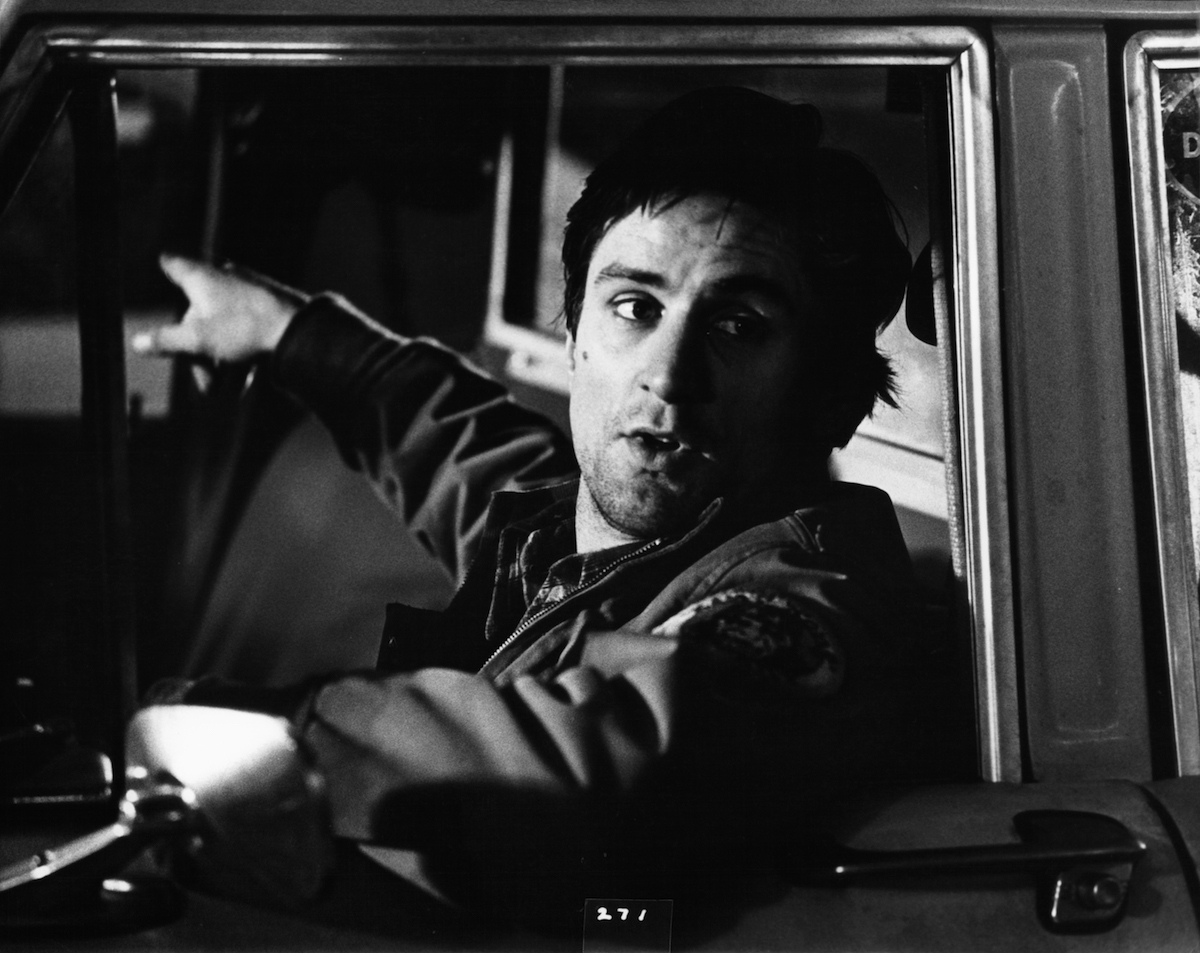
Though Martin Scorsese’s Taxi Driver was later selected by TIME’s Richard Schickel as one of the best movies ever, the critic didn’t exactly feel warmly toward it when it was released on Feb. 8, 1976—exactly 40 years ago.
“The taxi driver‘s shift from lonely neurotic to killer is yawningly predictable—no more informative than a Sunday supplement piece on the mind of the assassin,” Schickel wrote, noting that the film’s realism sometimes overshadowed its narrative potential. For example, the diary kept by protagonist Travis Bickle was a ripped-from-the-headlines take on the real 1970s would-be-assassin Arthur Bremer, a connection acknowledged by Scorsese himself.
Bremer was the man who shot George Wallace in May of 1972, during Wallace’s campaign for the Democratic presidential nomination. The Southern segregationist candidate was left partially paralyzed by the attempted assassination, an event both familiar and shocking to a nation that had recently seen more than its share of politically-motivated killings.
By that point, there was a stereotypical profile for the kind of person who would attempt such a crime, and Bremer fit the bill—in a way that will be very familiar to viewers of Taxi Driver. Here’s what TIME said, shortly after the shooting:
About May 9 a Wallace campaign worker, Mrs. Janet Petrone, says that Bremer visited Wallace headquarters in Silver Spring, Md., and offered to work on the campaign. On May 13, in Kalamazoo, Mich., he reportedly parked his car across the street from an armory where Wallace was scheduled to speak and sat there for more than ten hours. Responding to a “suspicious-subject” call, police questioned Bremer, who satisfied them with the explanation that he was there early to get a good seat at the rally.
On May 15 Bremer turned up in Wheaton, Md., for a noon appearance by Wallace at a shopping-center rally. Mrs. Petrone says that when she saw Bremer, who was wearing a red, white and blue striped shirt and a WALLACE IN ’72 button, he said: “Hi, babes. How’s it going?” At 2:15 p.m., William Taaffe, a reporter for the Washington Evening Star, saw Bremer at the Laurel rally 16 miles away. At 3:58 p.m. Wallace was gunned down with a .38-cal. revolver belonging to Arthur Bremer.
…Searches of Bremer’s effects showed the mystery of the man. In his messy apartment were Wallace campaign buttons, a Confederate flag, boxes of shells, old high school themes, pornographic magazines, Black Panther literature, tax forms giving his 1971 income as $ 1,611, a booklet entitled 101 Things To Do in Jail and various newspaper clippings, including one on the difficulty of providing security for campaigning politicians. In notebooks and on scraps of paper there were such notations as “My country tiz of thee, sweet land of bigotry” and “Happiness is hearing George Wallace sing the national anthem, or having him arrested for a hit-and-run accident.” In one muddled note entitled “A Critique of My Life,” Bremer wrote: “TV radio the big books more books and more masturbation sex fantasy daydreams of the father reading newspapers looking at my parents.”
As for the diary, it resurfaced that August when it was read out loud during Bremer’s trial. It revealed that Bremer was not so much motivated by particular politics as by the desire to kill someone, as he had first tried to kill President Nixon and had also thought about pursuing George McGovern. Bremer even said that he “hoped to sell [the diary] to Time Inc. for $100,000.” Instead, he was found guilty and sentenced to more than six decades in prison. His diary was eventually published, however, and in 2007 Bremer was released from prison.
Read TIME’s original review of Taxi Driver, here in the TIME Vault: Potholes
More Must-Reads from TIME
- Cybersecurity Experts Are Sounding the Alarm on DOGE
- Meet the 2025 Women of the Year
- The Harsh Truth About Disability Inclusion
- Why Do More Young Adults Have Cancer?
- Colman Domingo Leads With Radical Love
- How to Get Better at Doing Things Alone
- Michelle Zauner Stares Down the Darkness
Write to Lily Rothman at lily.rothman@time.com